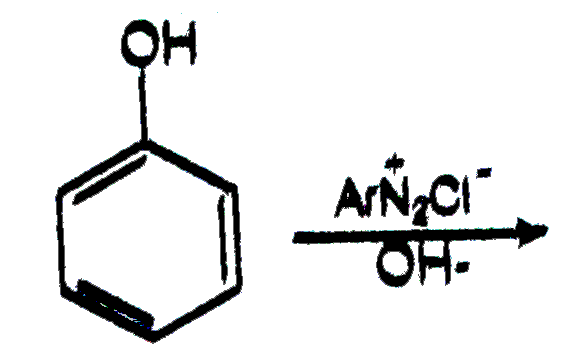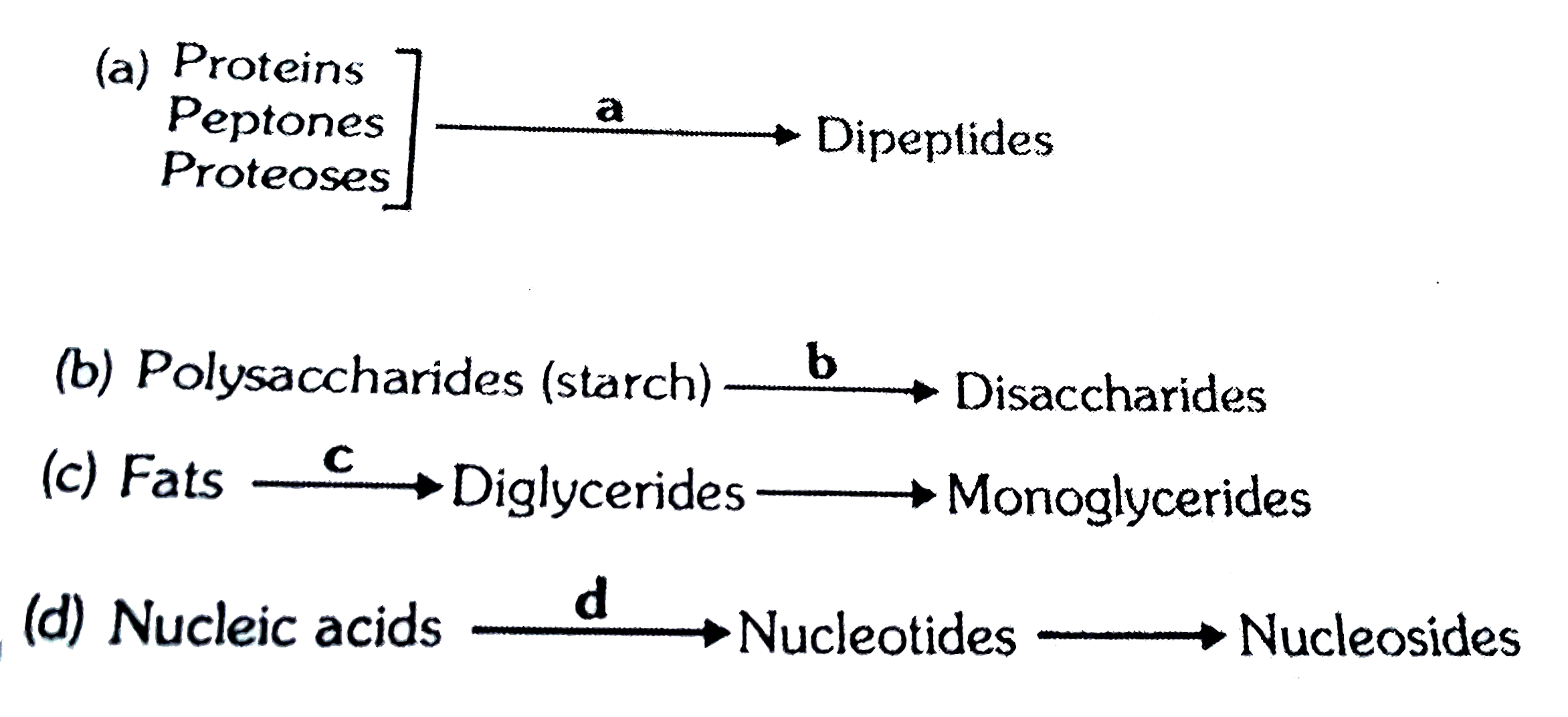In which of the following does the reaction go almost to completion?
A+B⇔C, K=104
X+Y⇔Z, K=10−3
P+Q⇔R, K=1
M+N⇔O+P,K=10−1
The correct Answer is:A
To determine in which of the following reactions the reaction goes almost to completion, we need to analyze the given equilibrium constants (K) for each reaction. The higher the value of K, the more the reaction favors the formation of products, indicating that the reaction goes closer to completion.
1. Understand the Concept of Equilibrium Constant (K):
The equilibrium constant (K) is defined as:
K=(Products)(Reactants)
A larger value of K indicates that at equilibrium, the concentration of products is much greater than that of reactants.
2. Analyze Each Reaction:
- Reaction 1: A+B⇌C, K=104
- Reaction 2: X+Y⇌Z, K=10−3
- Reaction 3: P+Q⇌R, K=1
- Reaction 4: M+N⇌O+P, K=10−1
3. Compare the Values of K:
- For Reaction 1, K=104 (very large, favors products)
- For Reaction 2, K=10−3 (very small, favors reactants)
- For Reaction 3, K=1 (balanced)
- For Reaction 4, K=10−1 (favors reactants)
4. Determine Which Reaction Goes to Completion:
The reaction that goes almost to completion will have the largest K value. In this case, Reaction 1 with K=104 has the highest value among the options provided.
5. Conclusion:
Therefore, the reaction that goes almost to completion is:
Answer: Reaction 1 ( A+B⇌C,K=104 )
The equilibrium constant (K) is defined as:
K=(Products)(Reactants)
A larger value of K indicates that at equilibrium, the concentration of products is much greater than that of reactants.
- Reaction 1: A+B⇌C, K=104
- Reaction 2: X+Y⇌Z, K=10−3
- Reaction 3: P+Q⇌R, K=1
- Reaction 4: M+N⇌O+P, K=10−1
- For Reaction 1, K=104 (very large, favors products)
- For Reaction 2, K=10−3 (very small, favors reactants)
- For Reaction 3, K=1 (balanced)
- For Reaction 4, K=10−1 (favors reactants)
The reaction that goes almost to completion will have the largest K value. In this case, Reaction 1 with K=104 has the highest value among the options provided.
Therefore, the reaction that goes almost to completion is:
Answer: Reaction 1 ( A+B⇌C,K=104 )
Topper's Solved these Questions
- EQUILIBRIUMBOOK - AAKASH INSTITUTE ENGLISHCHAPTER - EQUILIBRIUMEXERCISE - Assignment (SECTION-C) (OBJECTIVE TYPE QUESTIONS (MORE THAN ONE OPTION ARE CORRECT)
10 Videos
- EQUILIBRIUMBOOK - AAKASH INSTITUTE ENGLISHCHAPTER - EQUILIBRIUMEXERCISE - Assignment (SECTION-D) (LINKED COMPREHENSION TYPE QUESTIONS)
8 Videos
- EQUILIBRIUMBOOK - AAKASH INSTITUTE ENGLISHCHAPTER - EQUILIBRIUMEXERCISE - Assignment (SECTION-A) (SUBJECTIVE TYPE QUESTIONS(ONE OPTION IS CORRECT)
45 Videos
- ENVIRONMENTAL CHEMISTRYBOOK - AAKASH INSTITUTE ENGLISHCHAPTER - ENVIRONMENTAL CHEMISTRYEXERCISE - ASSIGNMENT (SECTION-D) (Assertion - Reason Type Questions)
4 Videos
- GENERAL PRINCIPLES AND PROCESSES OF ISOLATION OF ELEMENTSBOOK - AAKASH INSTITUTE ENGLISHCHAPTER - GENERAL PRINCIPLES AND PROCESSES OF ISOLATION OF ELEMENTSEXERCISE - Assignment (Section-D) Assertion-Reason Type Question
15 Videos
Similar Questions
Knowledge Check
In which of the following case, does the reaction go farthest to completion ?
AK=102BK=10−2CK=10DK=1Which of the following reactions does not involve decarboxylation?
ACH3COOAg+Br2CCl4−−−−−→ΔB C
C D
D
Complete the following reaction

View SolutionComplete the following reaction

View SolutionComplete the following reaction
_S01_428_Q01.png)
View SolutionWhich of the following reaction does not occur?
View SolutionWhich of the following does not give lodoform reaction ?
View SolutionWhich of the following does not undergo diazotization reaction?
View Solution
